
What is the ISO 18562:2024 Test?
Biocompatibility Assessment - ISO 18562 Standard Testing
To ensure the safety of medical devices, the International Organization for Standardization (ISO) has developed a series of standards to protect against potential biological risks associated with the use of medical devices. Among these, the ISO 18562 series standards are recommended for the biocompatibility evaluation of gas pathway components in devices that only have indirect patient contact.
The ISO 18562 series of standards, titled "Biocompatibility evaluation of breathing gas pathways in healthcare applications," was officially published in March 2017. These standards set forth the requirements and specific details for the biocompatibility evaluation of gas pathways in medical devices. In June 2018, the U.S. Food and Drug Administration (FDA) recognized ISO 18562 as part of its series of consensus standards in the Federal Register.

In August 2018, the updated ISO 10993-1:2018 standard, "Biological Evaluation of Medical Devices - Part 1: Evaluation and Testing within a Risk Management Process," further clarified that gas pathway components with indirect patient contact should be assessed using the specific ISO 18562 series standards. This established ISO 18562 as the standard for the biological evaluation of gas pathway products, applicable to medical devices, components, or accessories containing gas pathways.
01 Applicable Product Types
The standard applies to medical devices, parts, or accessories that contain gas pathways, including but not limited to:
- Anesthesia machines, anesthesia workstations (including gas mixers)
- Oxygen concentrators, oxygen-saving devices, oxygen concentrators
- Ventilators, nebulizers, inhalers, low-pressure hose assemblies, humidifiers, heat and moisture exchangers, masks, resuscitators
- Respiratory systems, breathing gas monitors, respiratory monitors, breathing tubes, respiratory system filters, Y-pieces, and all breathing accessories intended for use with such medical devices.
02 Inapplicable Situations
ISO 18562 does not apply to device surfaces that come into direct contact with patients, such as the exterior surface of tracheal tubes or mask cushions, which are subject to biocompatibility evaluation under the ISO 10993 series standards.
Additionally, biohazards caused by mechanical failure or gas source contamination in the gas supply are not covered by the general principles of biocompatibility evaluation in this standard. As the ISO 18562 series is relatively new, its adoption varies across countries. Currently, both the U.S. and EU require an evaluation report based on this standard for registration purposes, while China's regulatory authority does not yet require such reports. For testing laboratories, there is no unified list of accepted labs; the FDA accepts reports from GLP-certified labs, while the EU does not have such a requirement.
03 Latest Standards - Updates
The ISO 18562 series comprises four parts, including:
- ISO 18562-1: Evaluation and testing within a risk management process
- ISO 18562-2: Tests for emissions of particulate matter
- ISO 18562-3: Tests for emissions of volatile organic compounds (VOCs)
- ISO 18562-4: Tests for leachables in condensate
The series was first published in March 2017, with an updated version, ISO 18562-1:2024, released in March 2024. The main updates include:
ISO 18562-1:2024:
- Updated Patient Populations: Newborns and pediatric patients are now specifically considered due to their lower body weight and inability to tolerate the same doses of toxic substances as adults. The 2017 version categorized four populations: neonates, infants, children, and adults. The 2024 version adds and further refines these categories, updating the default calculation values for different populations.
- Introduction of Inhaled Dose Concept: Laboratory test results for volatile organic compounds are typically reported in concentration units (μg/m³), whereas acceptable doses or limits for compounds are often expressed in units of μg/day. Therefore, a patient's inhaled dose needs to be calculated based on their daily breathing volume (m³/day), considering the actual volume of gas inhaled by the patient, not just the volume passing through the device’s breathing pathway. For example, sleep apnea machines may have high flow rates, but only a portion of the gas enters the patient's lungs.
- Threshold of Toxicological Concern (TTC) Value Updated.
- Added Monitoring Requirements for Harmful Inorganic Gases: This includes ozone, carbon monoxide, carbon dioxide, and nitrogen oxides.
ISO 18562-2:2024:
- Added Uncertainty Measurement Requirements: At least six parallel sample tests are required.
ISO 18562-3:2024:
- Expanded VOC Testing Range: The 2017 version defined the range of VOCs to be tested as organic compounds with a boiling point between 50°C and 260°C at standard atmospheric pressure. The 2024 version breaks this definition, requiring the testing of volatile organic compounds (VVOCs), volatile organic compounds (VOCs), and semi-volatile organic compounds (SVOCs), with special attention to formaldehyde and other aldehydes and ketones. The standard also specifies detailed testing protocols for VOCs.
- Detailed Specifications for Test Flow Rate Selection: For active medical devices such as ventilators, the flow rate selected should correspond to the clinically applicable settings, taking into account flow, volume, and pressure. The sampling flow rate should be less than 80% of the device flow rate. For passive medical devices, such as nasal cannulas, the flow rate depends on the patient’s spontaneous breathing volume, so the recommended flow rate should refer to the default daily breathing volume in ISO 18562-1:2024 and use the parameters corresponding to the smallest expected population.
ISO 18562-4:2024:
- Updated Condensate Leachable Testing Limit Calculations: It is recommended to avoid condensate formation in the device’s gas pathway during design to prevent patient inhalation. Any tubing that could come into contact with condensate must be tested. The 2017 version converted the detected compound concentration into daily exposure by assuming a default condensate volume of 1 mL per day. The 2024 version removes this default volume, referring to ISO 10993-18, which uses the Analytical Evaluation Threshold (AET) as the reporting limit for detected compounds. For compounds with detected concentrations above the AET, their safety is assessed by calculating the acceptable intake via inhalation or ingestion. If the medical device has already undergone biocompatibility evaluation according to ISO 10993-1 for tissue contact, additional leachable testing is not required, e.g., for endotracheal tubes.
- Added Requirements for Condensate Irritation Testing.
The updated standards aim to reduce risks during medical procedures, playing a crucial role in protecting public health, minimizing medical risks, and improving the quality of medical devices. It is expected that more medical device companies will adhere to these standards to provide safer and more effective medical devices and services to patients worldwide.
JJR Laboratory in China offers biocompatibility assessments according to the ISO 18562 standard for medical devices. Please contact us for detailed quotes.
Email:hello@jjrlab.com
Write your message here and send it to us
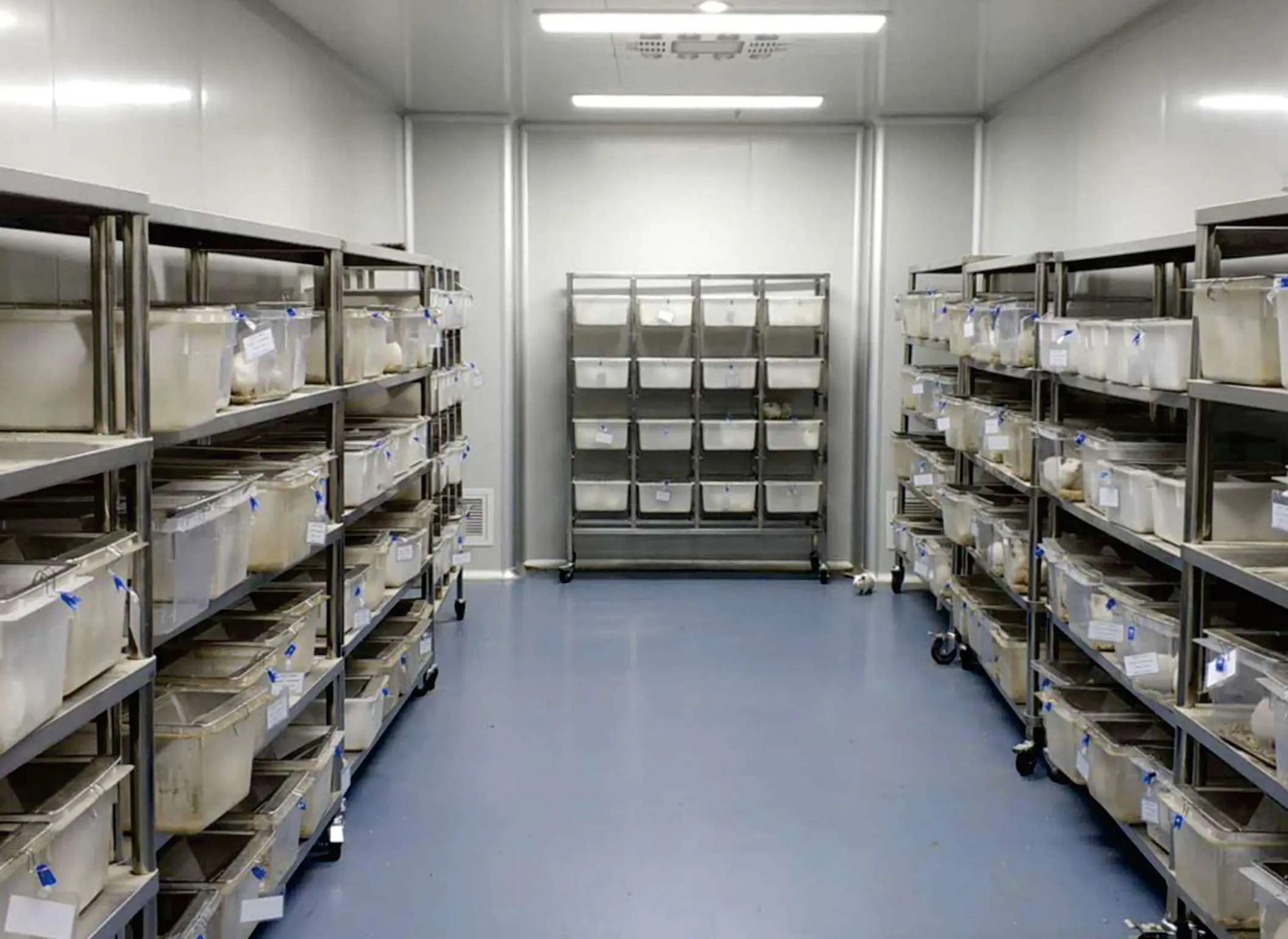 China OECD GLP-Certified Laboratory
China OECD GLP-Certified Laboratory
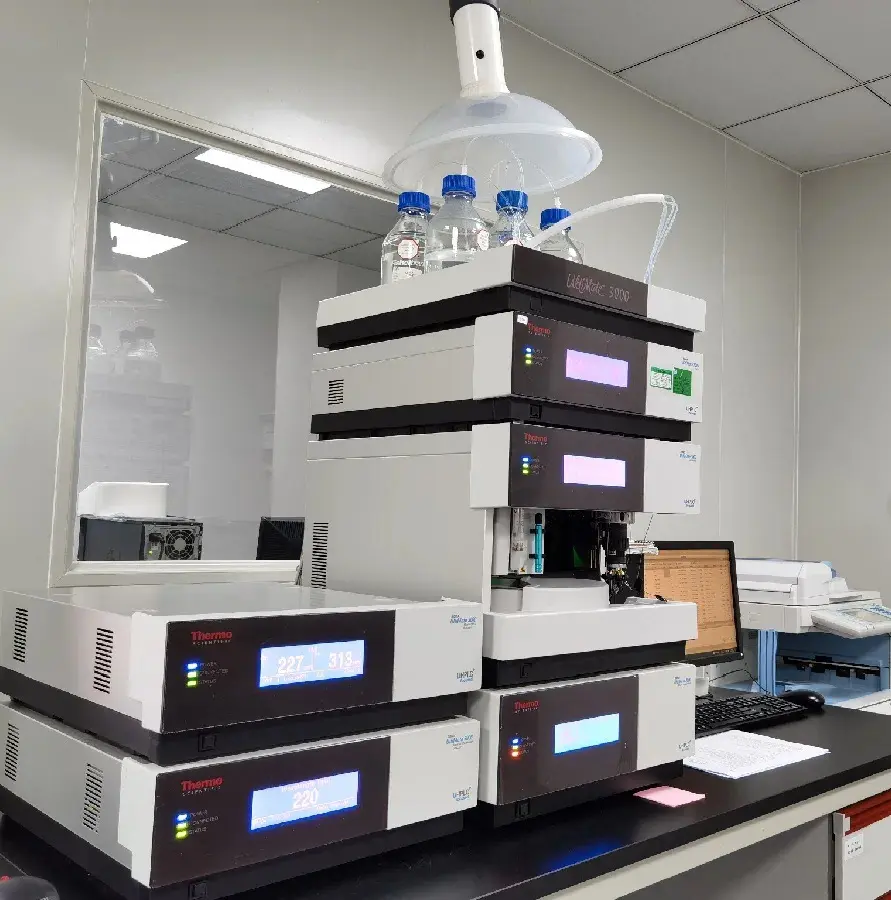 Packaging Validation ISO 11607 Test Report
Packaging Validation ISO 11607 Test Report
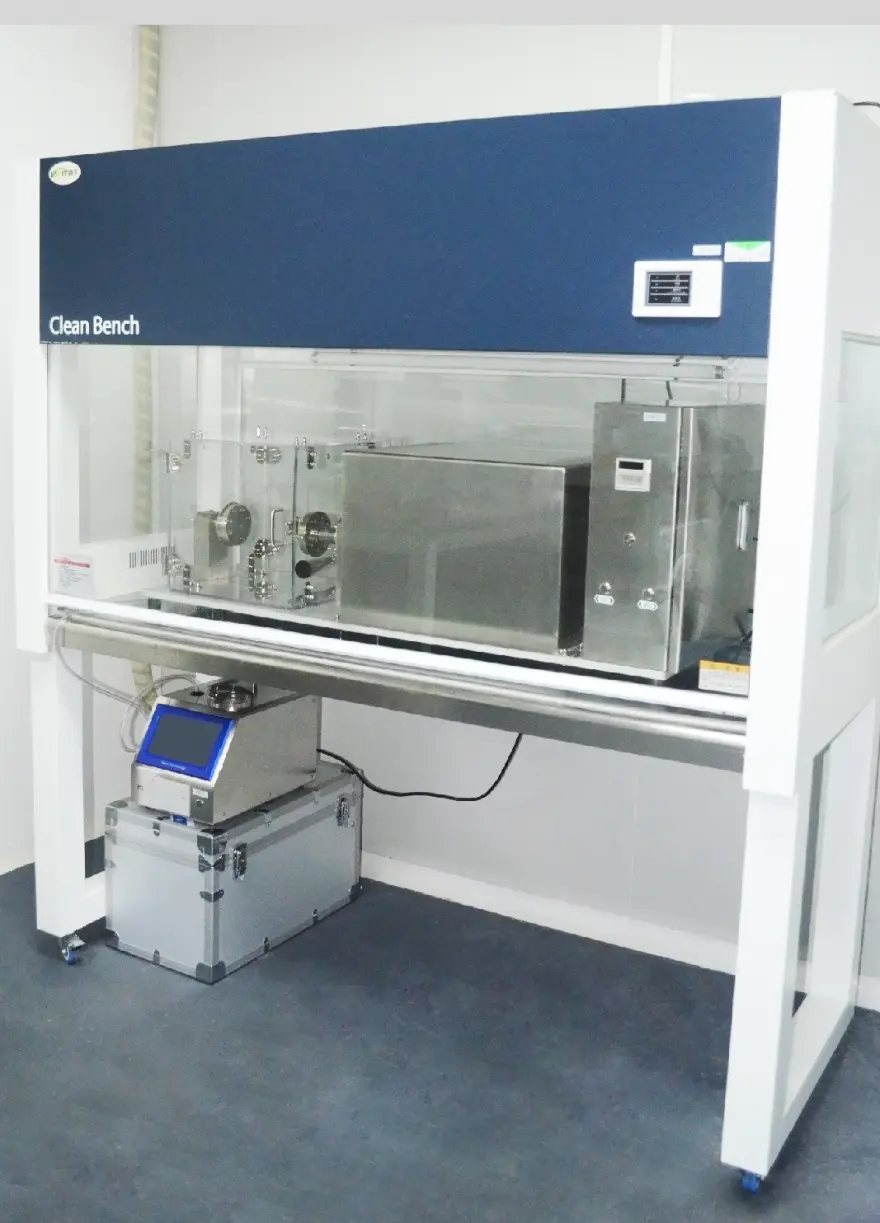 What is the ISO 11607-1 Packaging Validation Test?
What is the ISO 11607-1 Packaging Validation Test?
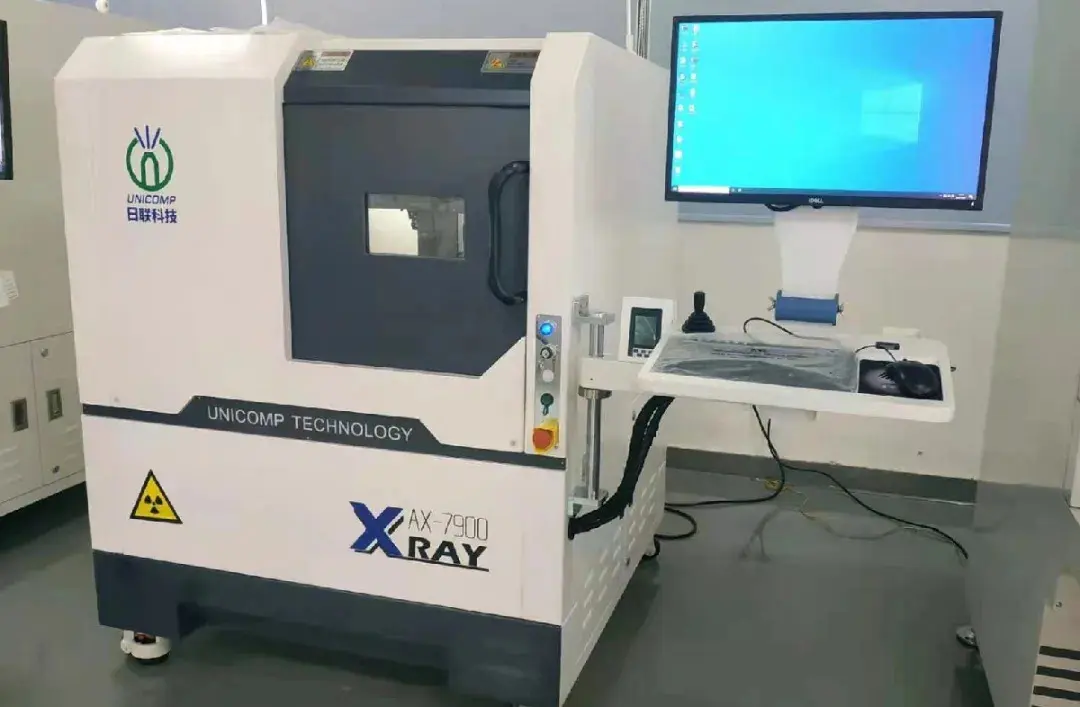 How to get an ISO 11737-1 Test Report?
How to get an ISO 11737-1 Test Report?
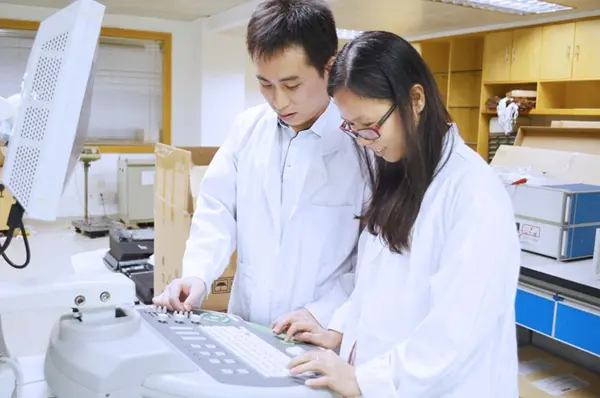 Orthopedic Implant Cleanliness Testing
Orthopedic Implant Cleanliness Testing
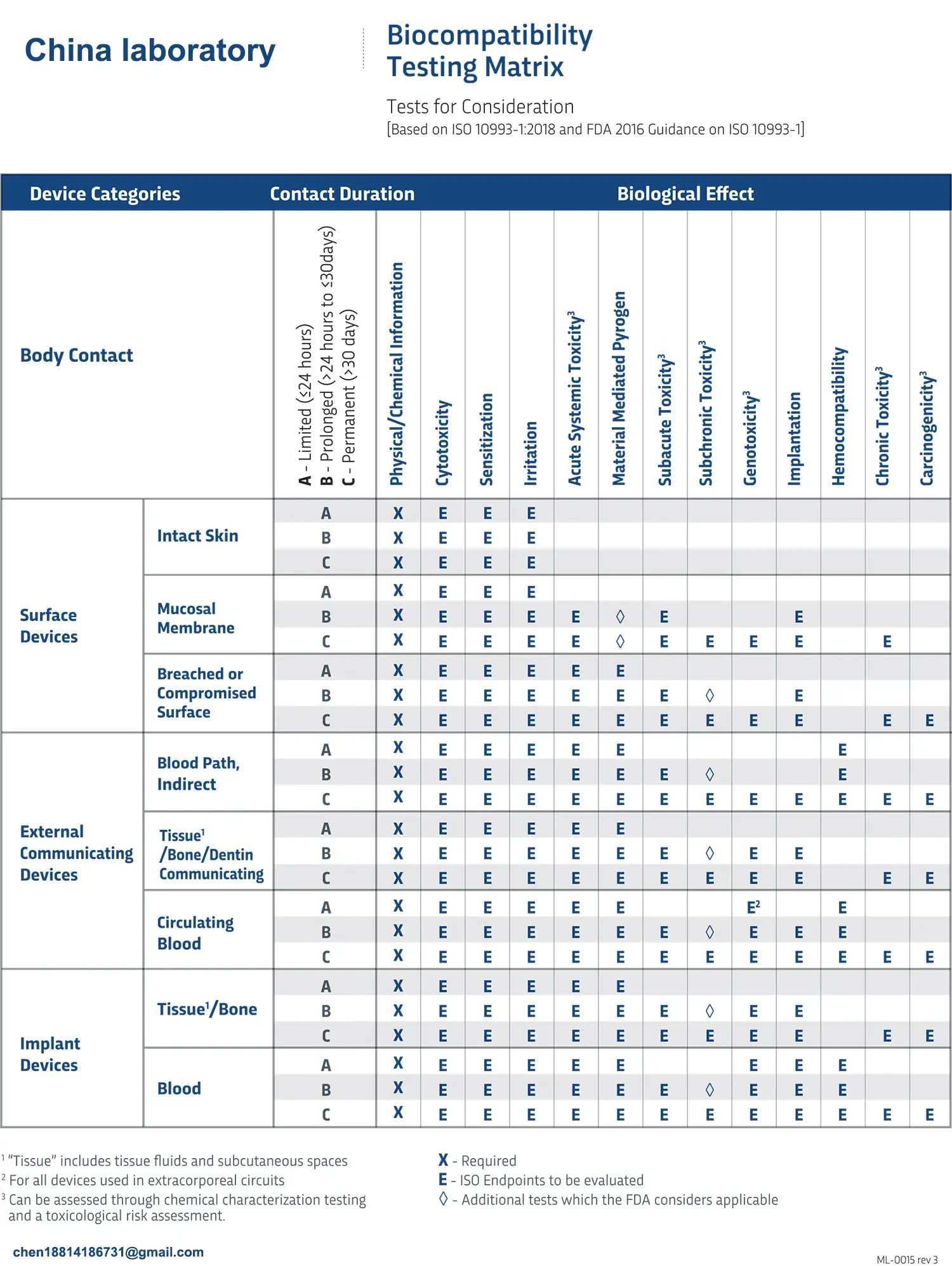 What is ISO 10993-23:2021 Irritation Testing?
What is ISO 10993-23:2021 Irritation Testing?
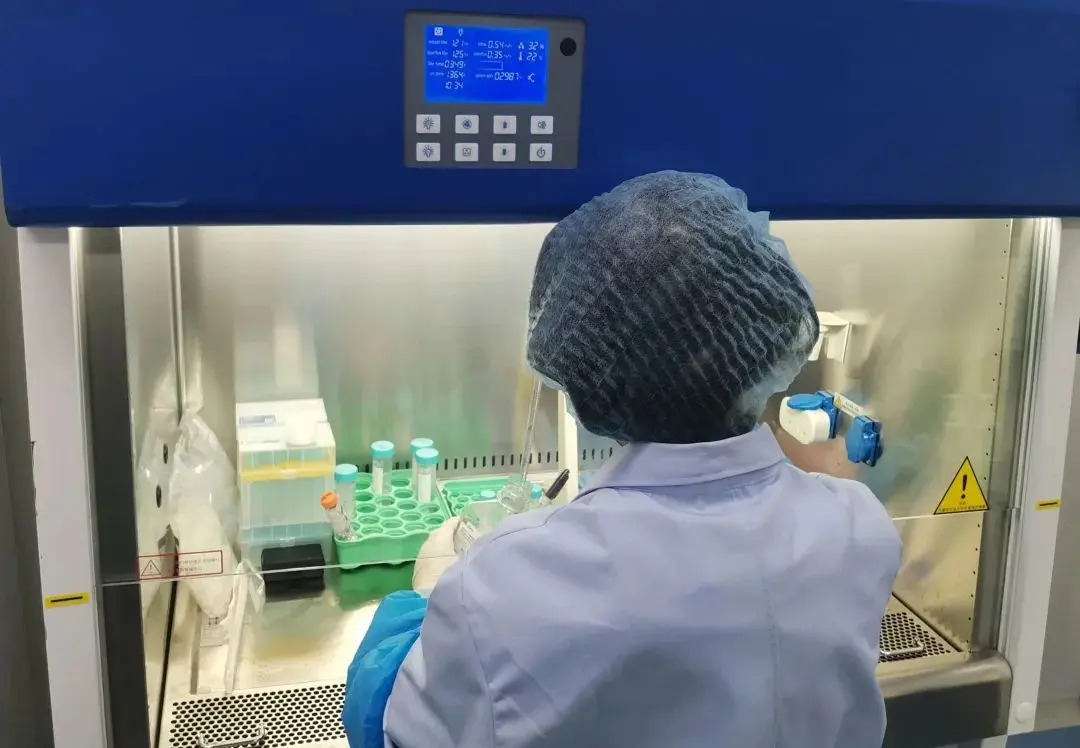 ISO 10993-23 Irritation Testing Laboratory
ISO 10993-23 Irritation Testing Laboratory
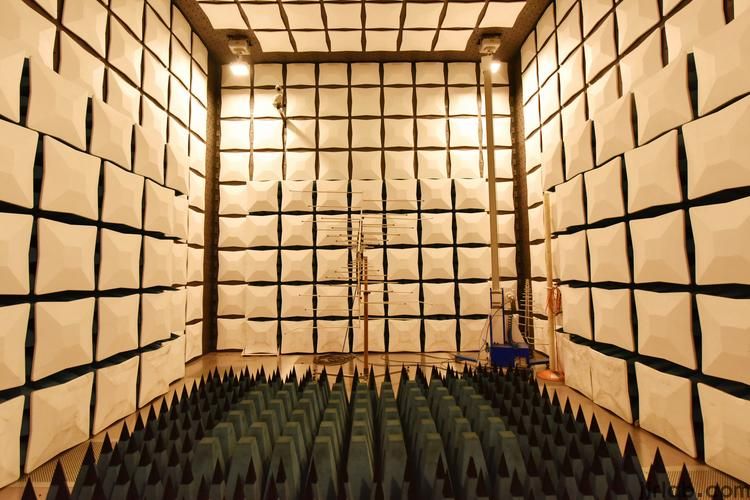 EMI Emissions Testing
EMI Emissions Testing
Leave us a message
24-hour online customer service at any time to respond, so that you worry!




